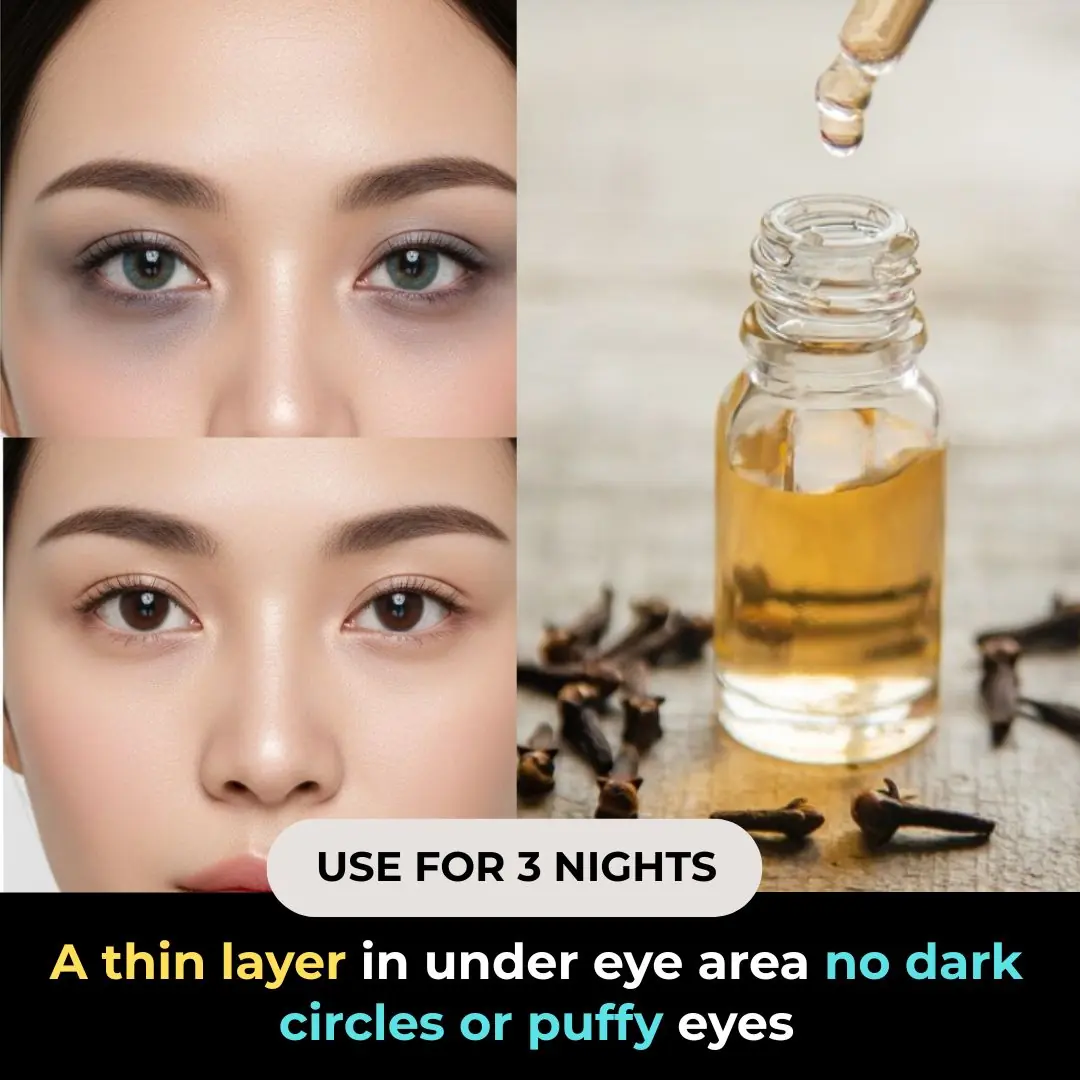
This carb is more damaging to your blood sugar than pure sugar

What if the most dangerous carbohydrate in your diet isn’t sugar at all? In fact, it isn’t even close. There’s another carb—one that doesn’t appear as “sugar” on nutrition labels—that spikes your blood sugar far more intensely than table sugar ever could. This hidden ingredient fuels type 2 diabetes, fatty liver disease, and the visceral fat that accumulates around your organs. It disrupts your digestive system, feeds harmful gut bacteria, and triggers widespread inflammation.
And the worst part? It’s everywhere. You’ll find it in gluten-free foods, baby formula, baked goods, salad dressings, canned soups, and even hot dogs. Labels boasting “zero sugar” often contain massive amounts of this ingredient, misleading consumers into believing they’re choosing something healthy. The average person unknowingly consumes between 65 and 250 pounds of it every year.
The culprit? Industrial starch—specifically modified food starch, corn starch, wheat starch, and maltodextrin. Understanding how this cheap, heavily subsidized filler became a cornerstone of ultra-processed food is essential if you want to protect your metabolic health.
Key Takeaways
-
Industrial starch is the real threat: Highly processed starches spike blood sugar more than regular sugar and harm metabolic health.
-
A driver of chronic disease: These starches contribute to insulin resistance, type 2 diabetes, fatty liver, visceral fat buildup, and chronic inflammation.
-
Invisible on labels: A product can legally claim “0g sugar” while being loaded with starches that convert to sugar instantly in your body.
-
Chemically processed: Industrial starch is treated with chemicals such as bleach and other potential carcinogens, often without long-term safety testing.
-
The toxic combo: When industrial starch is fried or baked with seed oils, it creates a powerful inflammatory mix that damages cells and tissues.
1. What Exactly Is This “Dangerous Carb”?
When you hear “starch,” you might think of potatoes or natural carbohydrates found in whole foods. But the danger lies not in these natural starches—it lies in industrial starch.
Industrial starch includes:
-
Modified food starch
-
Modified corn starch
-
Corn starch
-
Wheat starch
-
Maltodextrin
At its core, starch is just a chain of glucose molecules. In whole foods, it’s bundled with fiber, vitamins, minerals, and plant compounds that slow digestion and moderate blood sugar. But industrial starch is stripped of all nutrients and protective components. It’s mechanically pulverized, chemically treated, and sometimes bleached. This process weakens the bonds between glucose molecules, allowing your body to break it down into pure sugar almost instantly.
The result? A faster and higher blood sugar spike than eating pure table sugar.
2. The Hidden Dangers in Your Pantry
These extreme blood sugar spikes trigger massive insulin surges. Over time, this leads to insulin resistance—the fundamental defect behind type 2 diabetes. Excess sugar in the bloodstream is then converted to fat, especially visceral fat, which surrounds internal organs and contributes to fatty liver disease—now increasingly common even in children.
Industrial starch is also highly inflammatory. It disrupts the gut microbiome by feeding harmful bacteria, leading to digestive inflammation and systemic health issues. It even promotes the formation of small, dense LDL particles—the type most likely to cause arterial plaque and heart disease.
Why is it found in so many foods? Because it’s extremely cheap—around 20 cents per pound—and heavily subsidized. Food manufacturers use it as a filler, binder, and texture enhancer in thousands of ultra-processed products.
3. How to Identify This Hidden Ingredient
Industrial starch hides behind misleading nutrition labels. A product may list 0g sugar, yet contain 10–20 grams of starch that behaves like sugar the moment you eat it.
To spot it, you must check the ingredient list for:
-
Modified food starch
-
Modified corn starch
-
Maltodextrin
-
Corn starch
-
Wheat starch
-
Potato starch (in processed foods)
You’ll find it in gluten-free snacks, baby formula, sauces, canned foods, frozen meals, and processed meats. Once you begin looking, you’ll realize it’s everywhere.
4. The Chemical Cocktail Behind Industrial Starch
The term “modified” should immediately raise concerns. To modify starch, manufacturers use industrial chemicals that alter its texture, behavior, or shelf stability.
Some commonly used chemicals include:
-
Sodium tripolyphosphate, linked to kidney strain and vascular calcification
-
Vinyl acetate, considered a possible carcinogen
-
Sodium hypochlorite (bleach)
Shockingly, bleach is regulated as a carcinogen in drinking water—but not when used to process food ingredients.
These additives are labeled “GRAS” (Generally Recognized As Safe), a system that often allows ingredients to bypass long-term, independent safety studies. Consumers are effectively part of a massive, uncontrolled experiment.
5. The Toxic Combination: Starch + Seed Oils
Industrial starch becomes even more harmful when paired with industrial seed oils—soybean, corn, canola, sunflower—and cooked at high heat. This combination forms the basis of chips, crackers, cereals, and fried foods.
Examples:
-
Potato chips: 65% starch + 30% oil
-
Cheez-Its: ~70% starch + 25% seed oil
-
Breakfast cereals: 80%+ starch, often with added sugar and oils
-
Commercial bread: ~75% starch + up to 15% oils
This mixture creates a “perfect storm” of inflammation, oxidative stress, cellular damage, and artery-clogging byproducts.
6. The Shocking Scale of Starch Consumption
Ultra-processed foods make up the majority of calories for many people—especially children.
Annual industrial starch intake:
-
Children: ~55 lbs
-
Teenagers: ~106 lbs
-
Adults: ~67 lbs
Despite public concern about sugar, starch makes up 55–75% of calories in most processed foods—far more than added sugar. Its metabolic impact is enormous and often overlooked.
Conclusion
Food is supposed to nourish, repair, and sustain life. Industrial starch does the opposite. It’s an anti-nutrient—a cheap filler that replaces real food while actively harming metabolic health. Thanks to labeling loopholes, it can be marketed as “healthy” or “sugar-free” despite delivering a sugar surge even more damaging than table sugar.
To protect your health, don’t just look at the sugar line on the nutrition label. Read the ingredients. The real threat often hides there.
By choosing whole, minimally processed foods and minimizing industrial starch exposure, you can reclaim control over your metabolism and reduce your long-term disease risk.
News in the same category

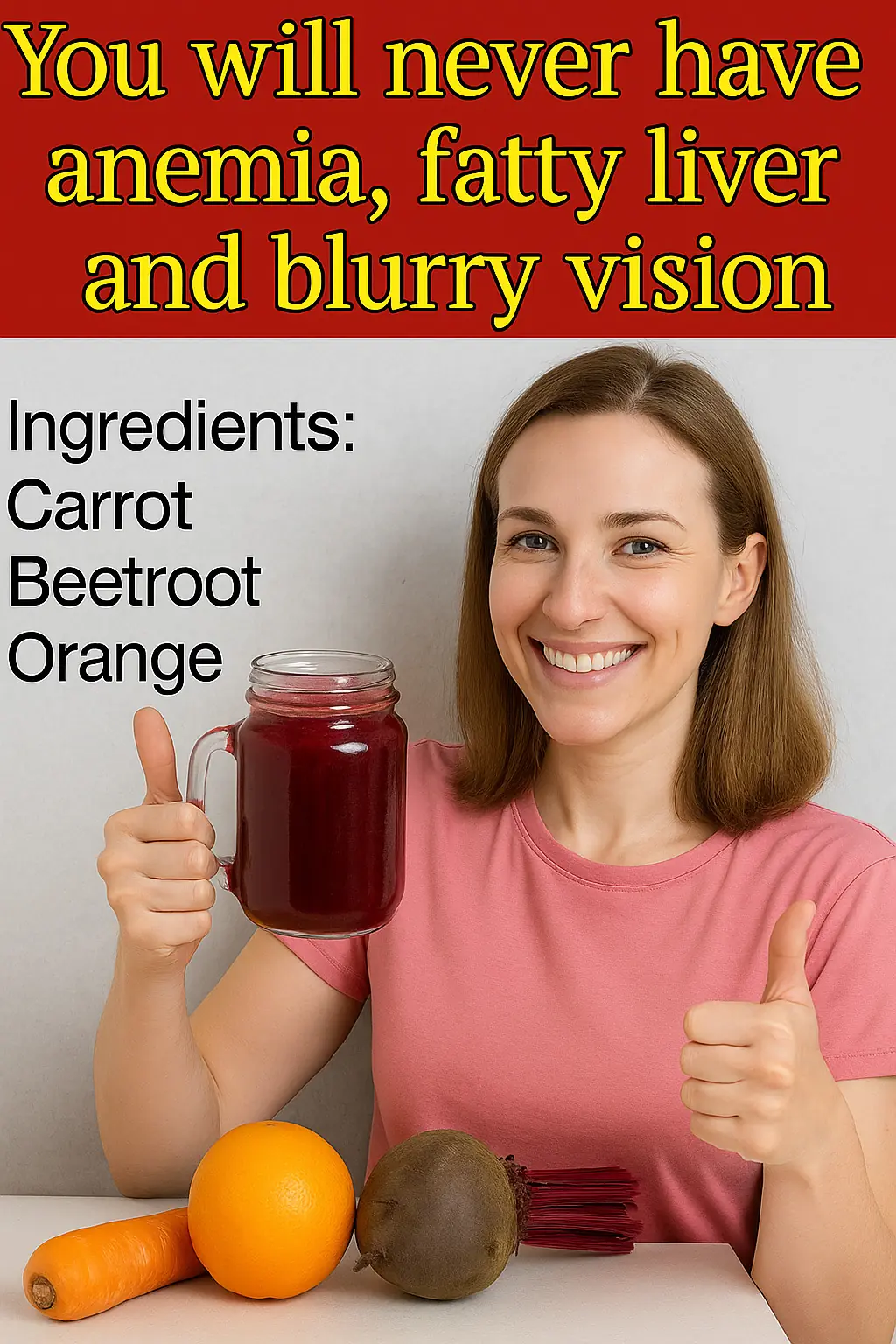
The Powerful Juice That Fights Anemia, Fatty Liver, and Blurry Vision Naturally

Remove Bad Odors from Your Refrigerator Overnight with These Simple Tricks
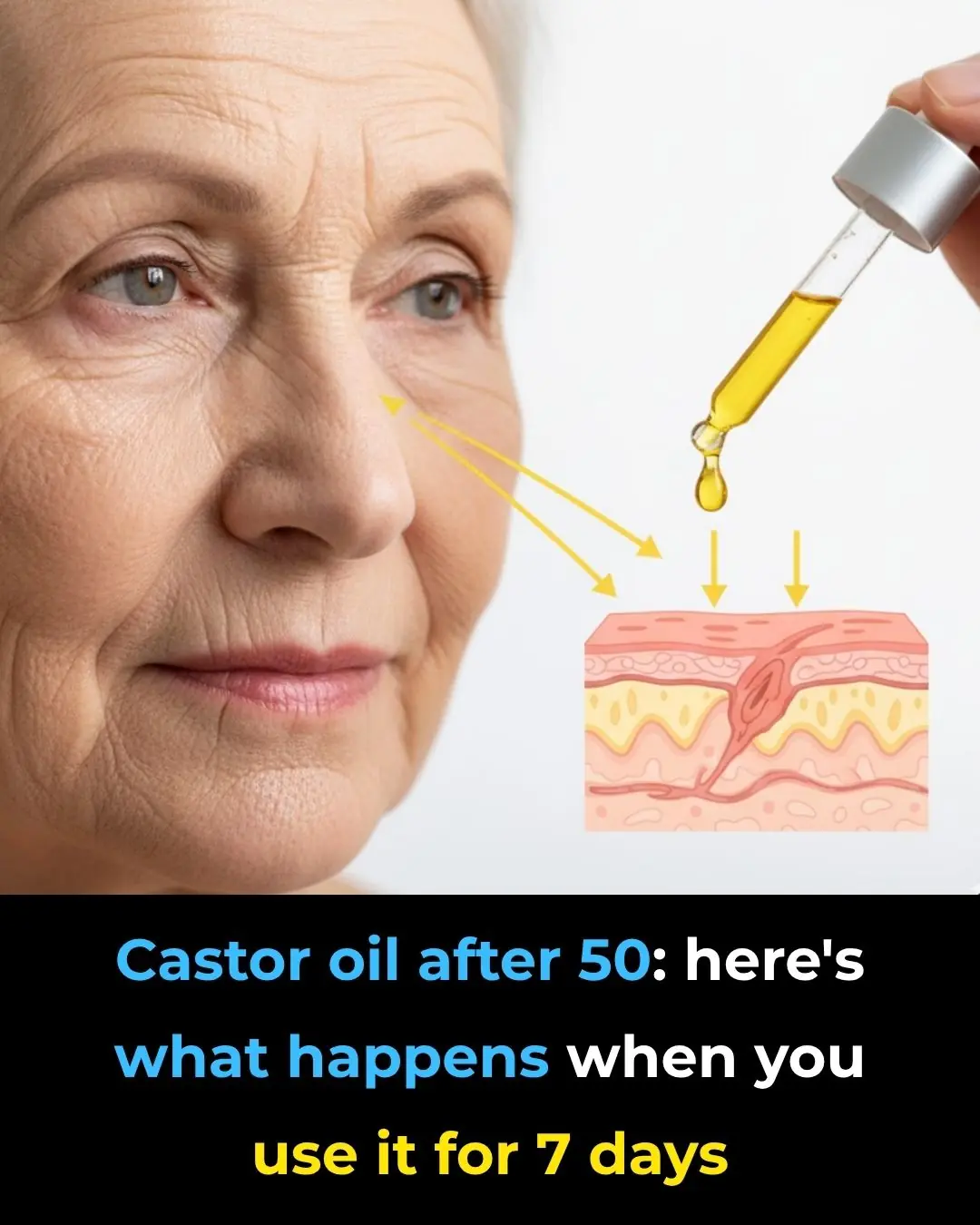
Castor Oil After 50: This Is What Happens After 7 Days Of Use!

Mix One Ingredient With Orange Juice To Flush Toxic Buildup From The Lungs
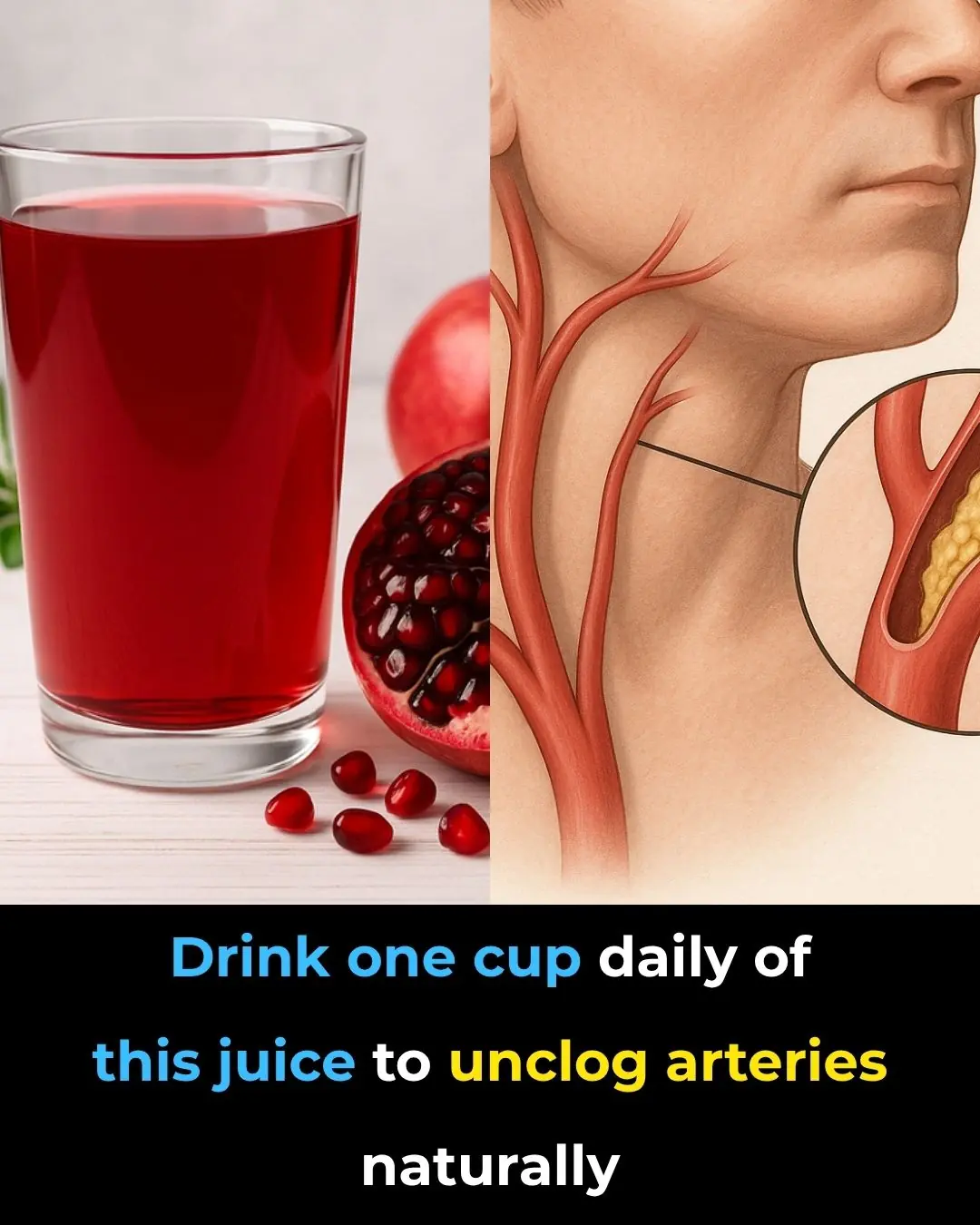
Drink one cup daily of this juice to UNCLOG arteries?

MISTAKE #1 WHEN CHEWING CLOVES (YOUR HEALTH IS IN DANGER)

Just tried to stop my daughter from doing this

Found this weird skin on my son's ear this morning. Doc appt is a week away. What can I do?
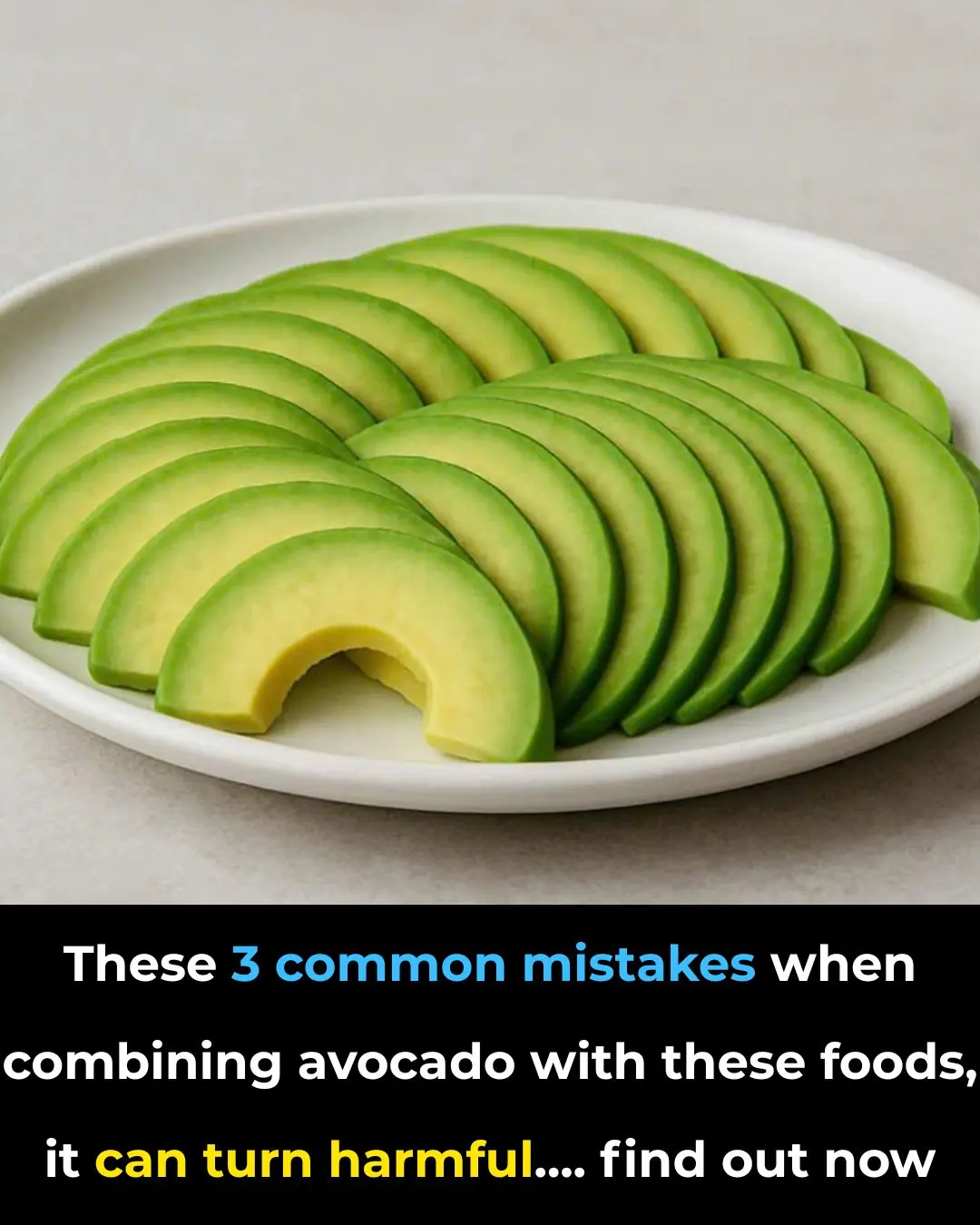
3 Common Mistakes People Make When Eating Avocados
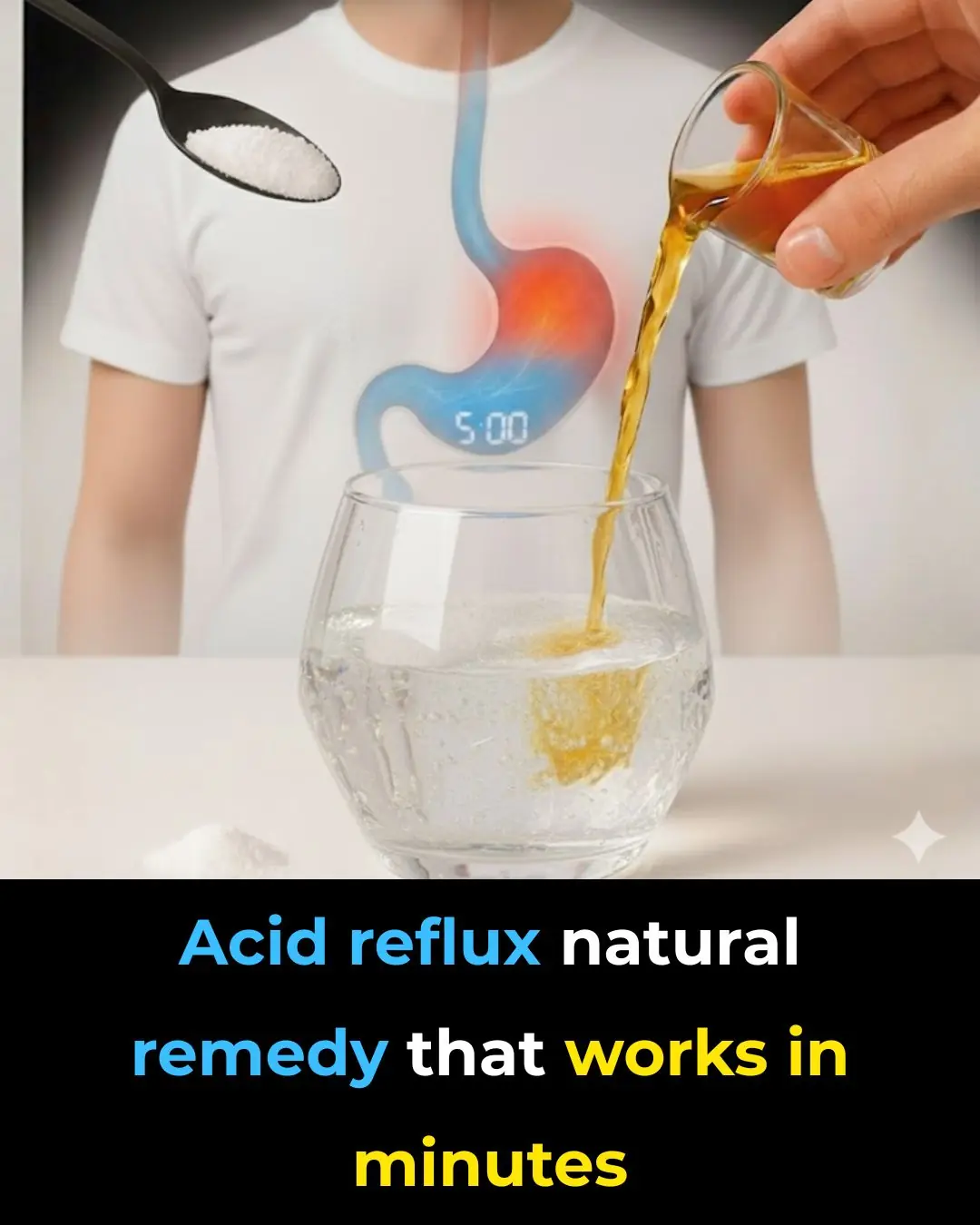
Acid reflux natural remedy that works in minutes

Warning Signs You Should Never Ignore on Your Skin

The 1-minute workout that’s up to 9x more powerful than your usual routine

Nine Year Study Finally Explains The Relationship Between Sugar And Cancer

7 essential vitamins every diabetic needs for nerve health

🧠 A Neurosurgeon Says Your Legs Could Predict Dementia Years Before Memory Loss

7 Best Foods to Rebuild Your Muscle Strength After 50

The B Vitamin Solution: How to Lower Blood Pressure When Medications Fail

The #1 Habit That’s Quietly Destroying Muscle in Older Adults — Are You Guilty of This?
News Post
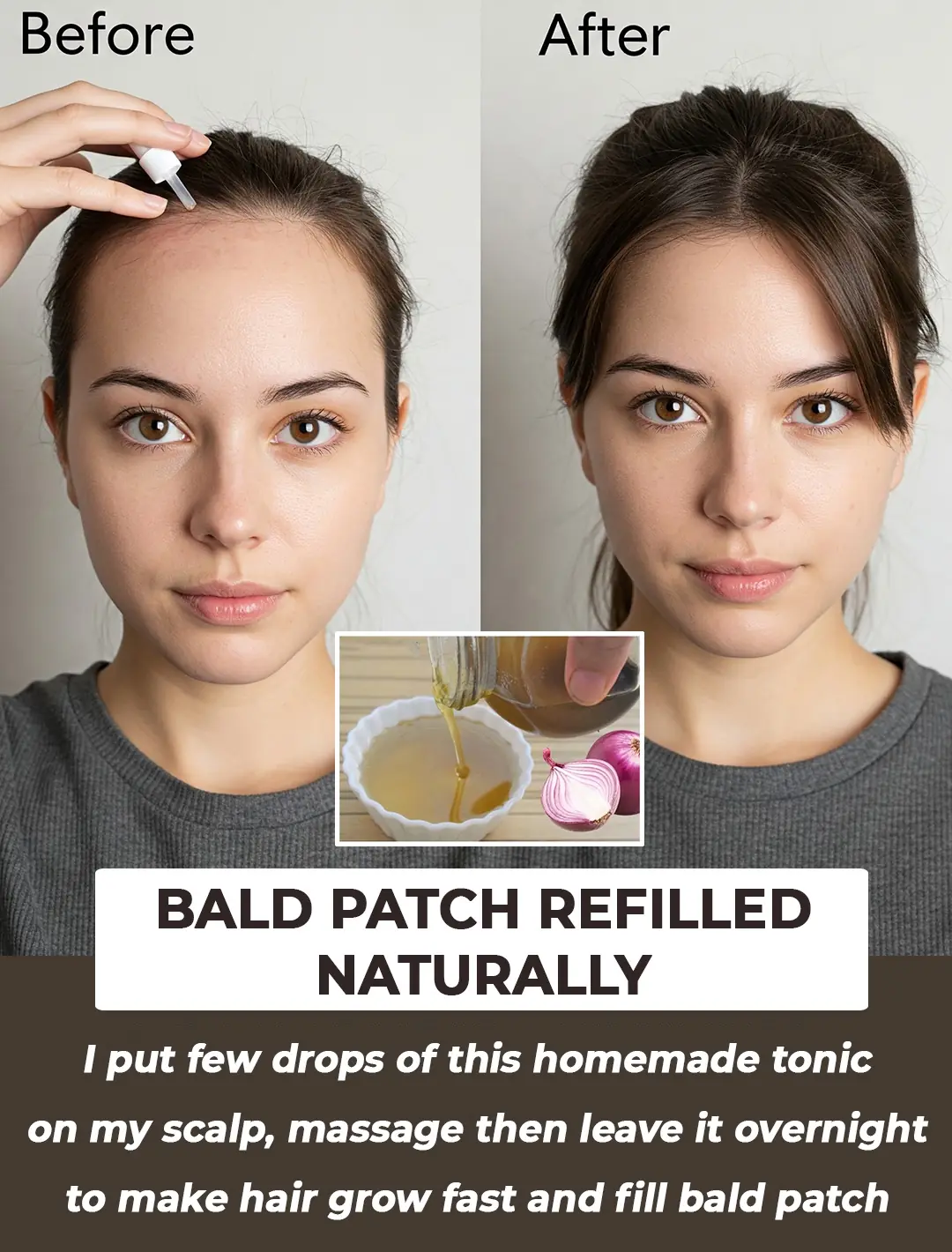
Double your hair growth with this “ONION JUICE” DIY
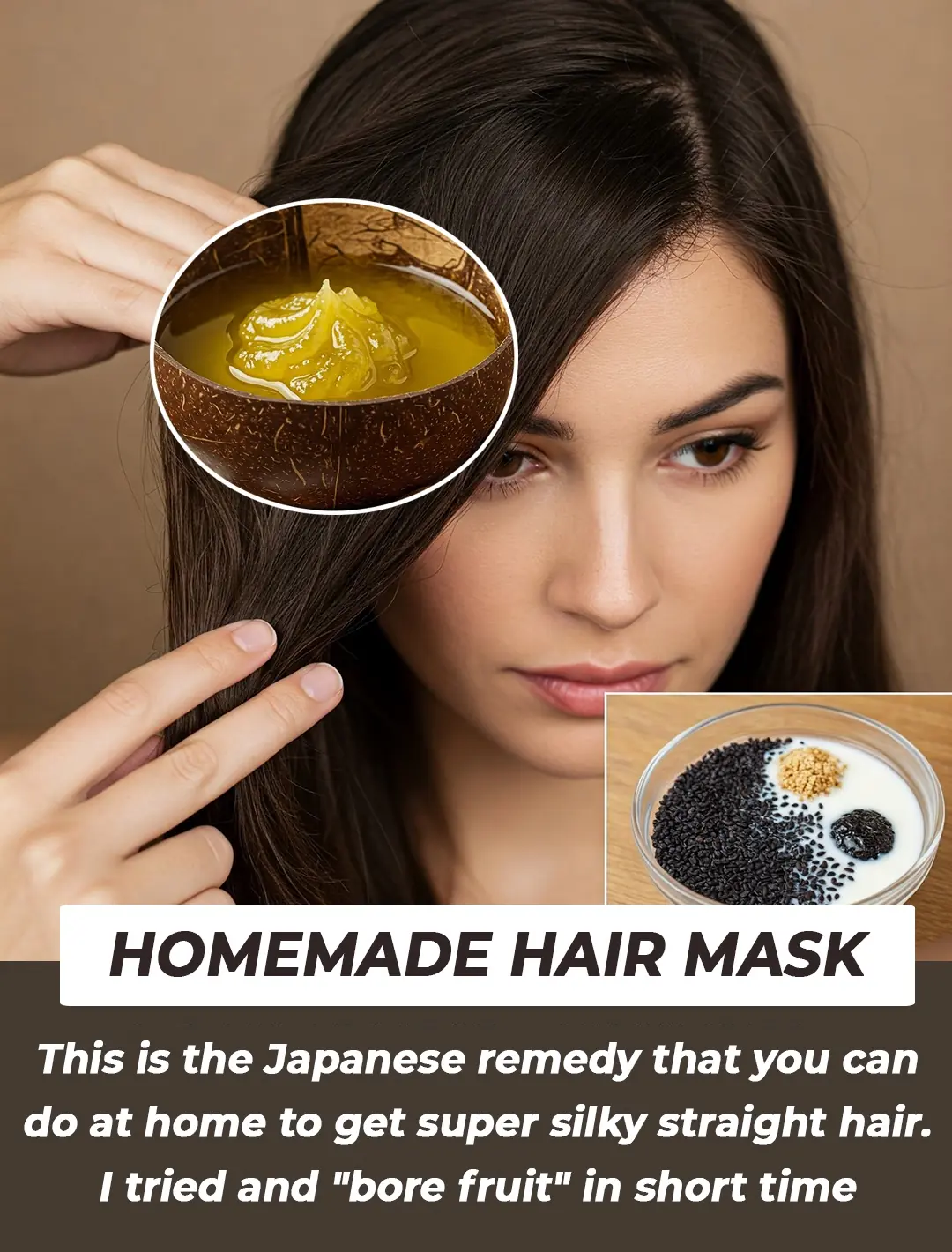
Salon like Keratin Treatment at Home
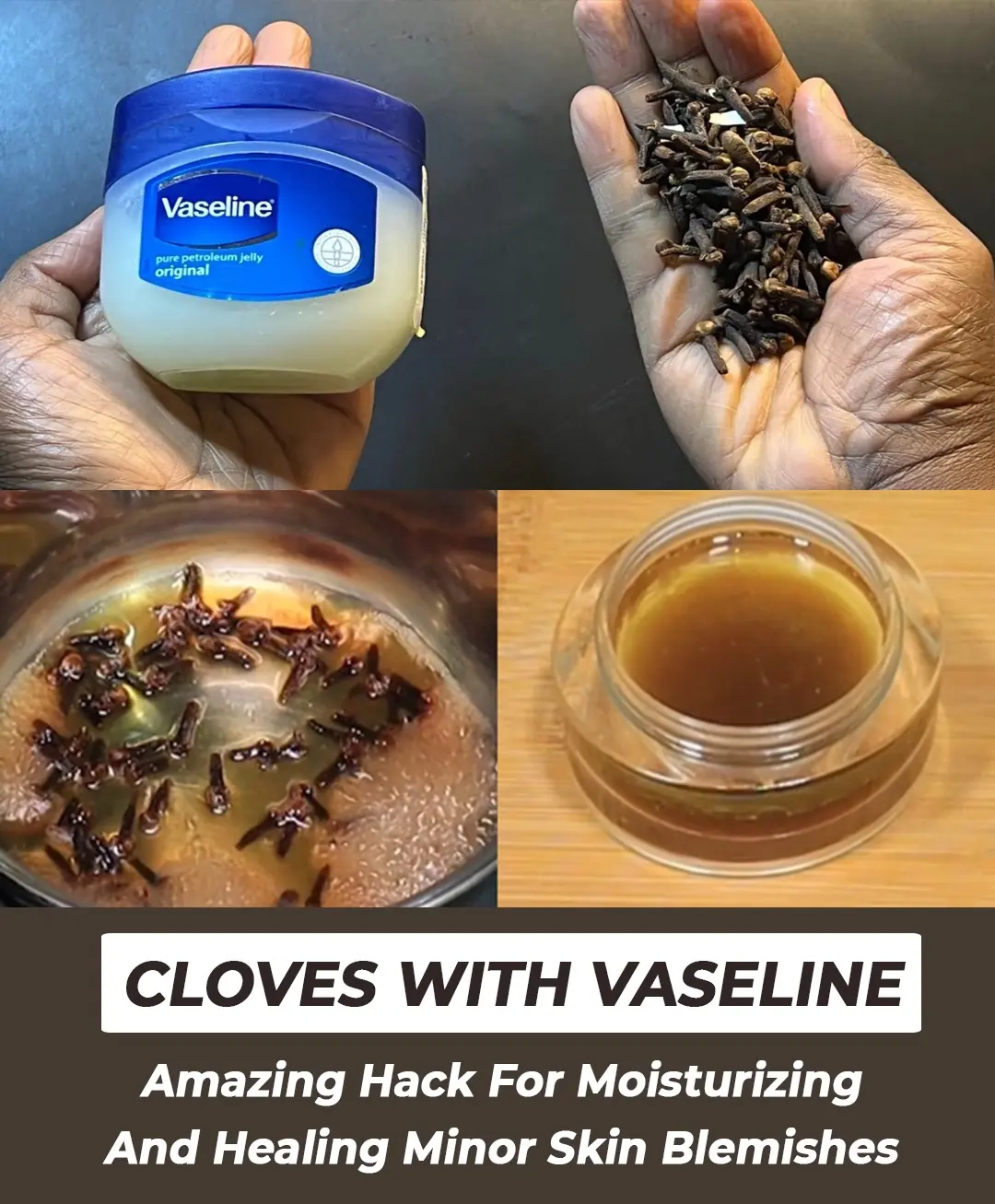
Mix Cloves with Vaseline: A Secret Skincare Hack
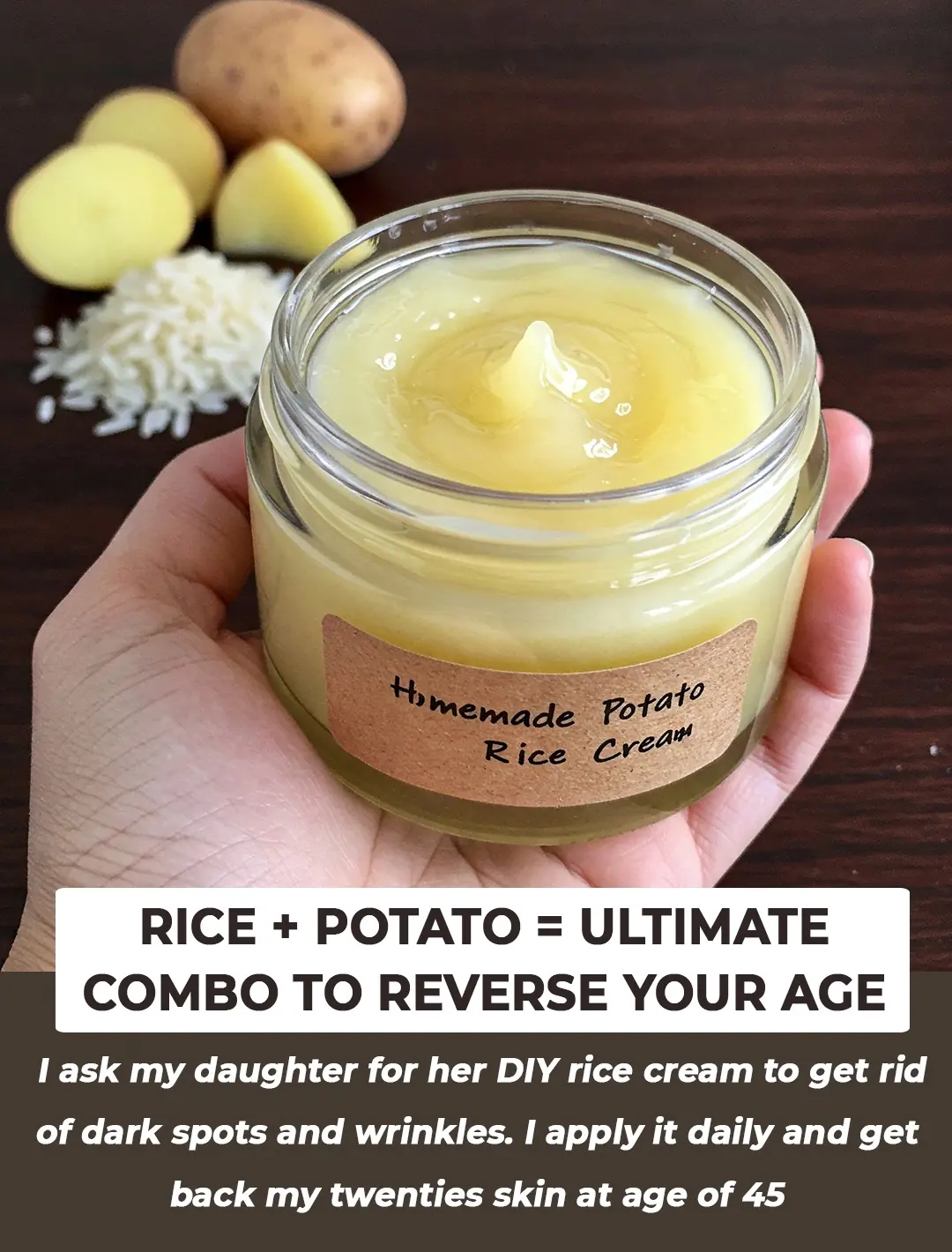
Homemade Potato and Rice Night Cream That’s Better Than Expensive Anti-Ageing Creams

Taylor Swift's brutal move after savage 27-second call

Alan Carr says Celebrity Traitors lie 'tore him apart' as he breaks down in tears at victory

Haley Kalil: The ‘unfortunate’ part of NFL divorce story exploding

DIY Under-Eye Clove Cream for Dark Circles

Person 'sucked into plane engine' before takeoff dies in airport tragedy

The Powerful Juice That Fights Anemia, Fatty Liver, and Blurry Vision Naturally
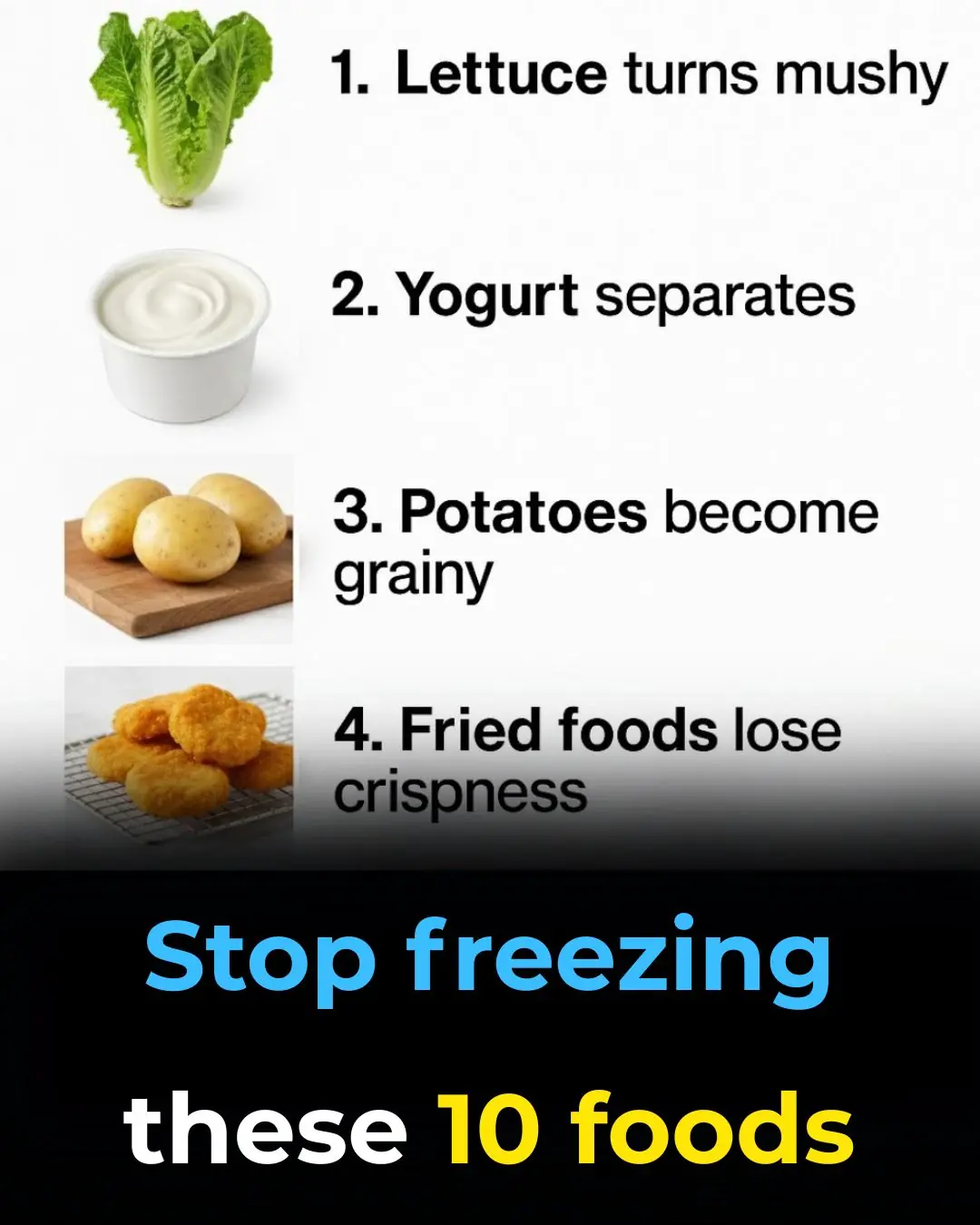
Stop freezing these 10 foods

10 top types of house spiders & how to get rid of each one

These ideas are brilliant
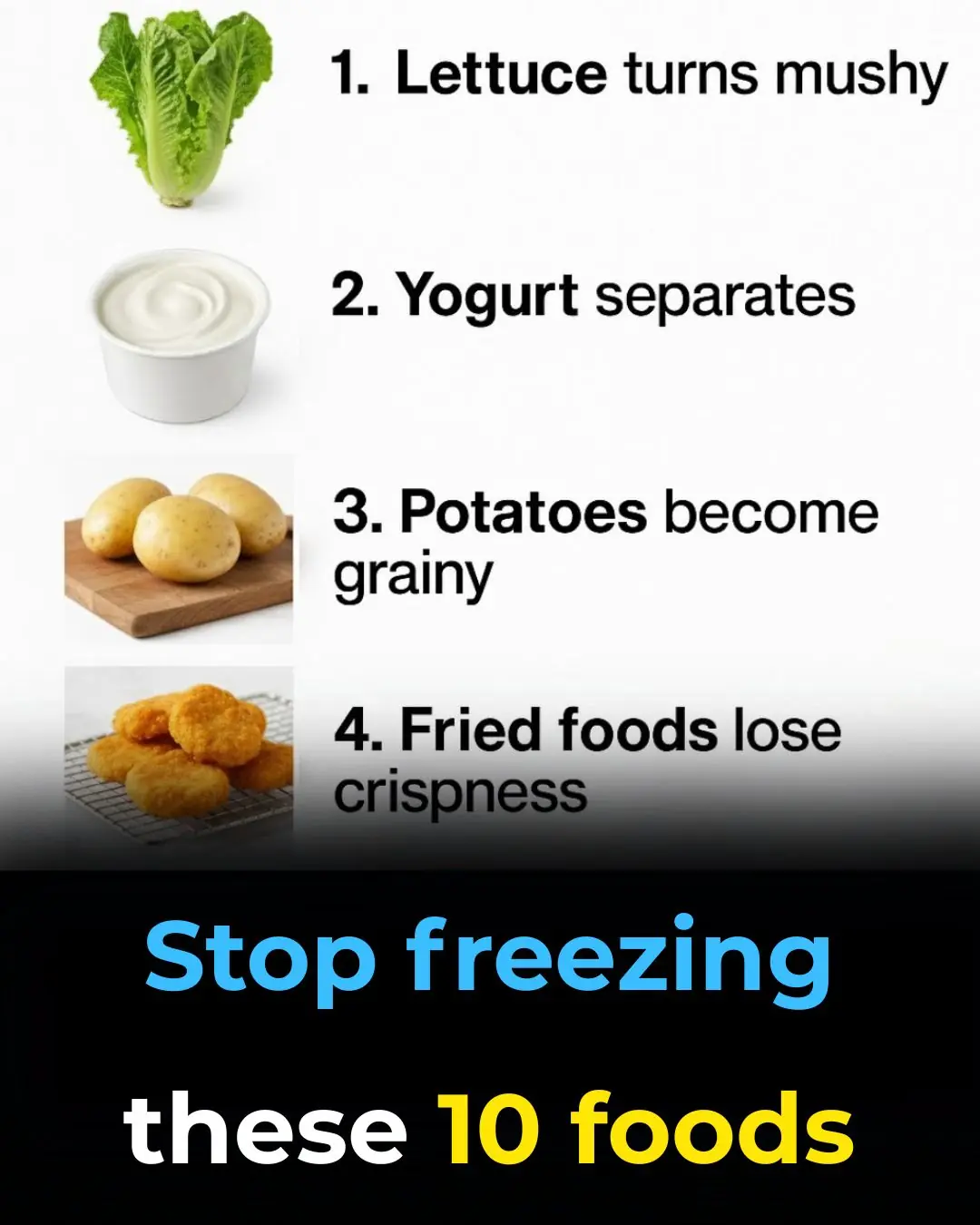
10 top types of house spiders & how to get rid of each one

10 Plants You Should Never Grow Near Lavender
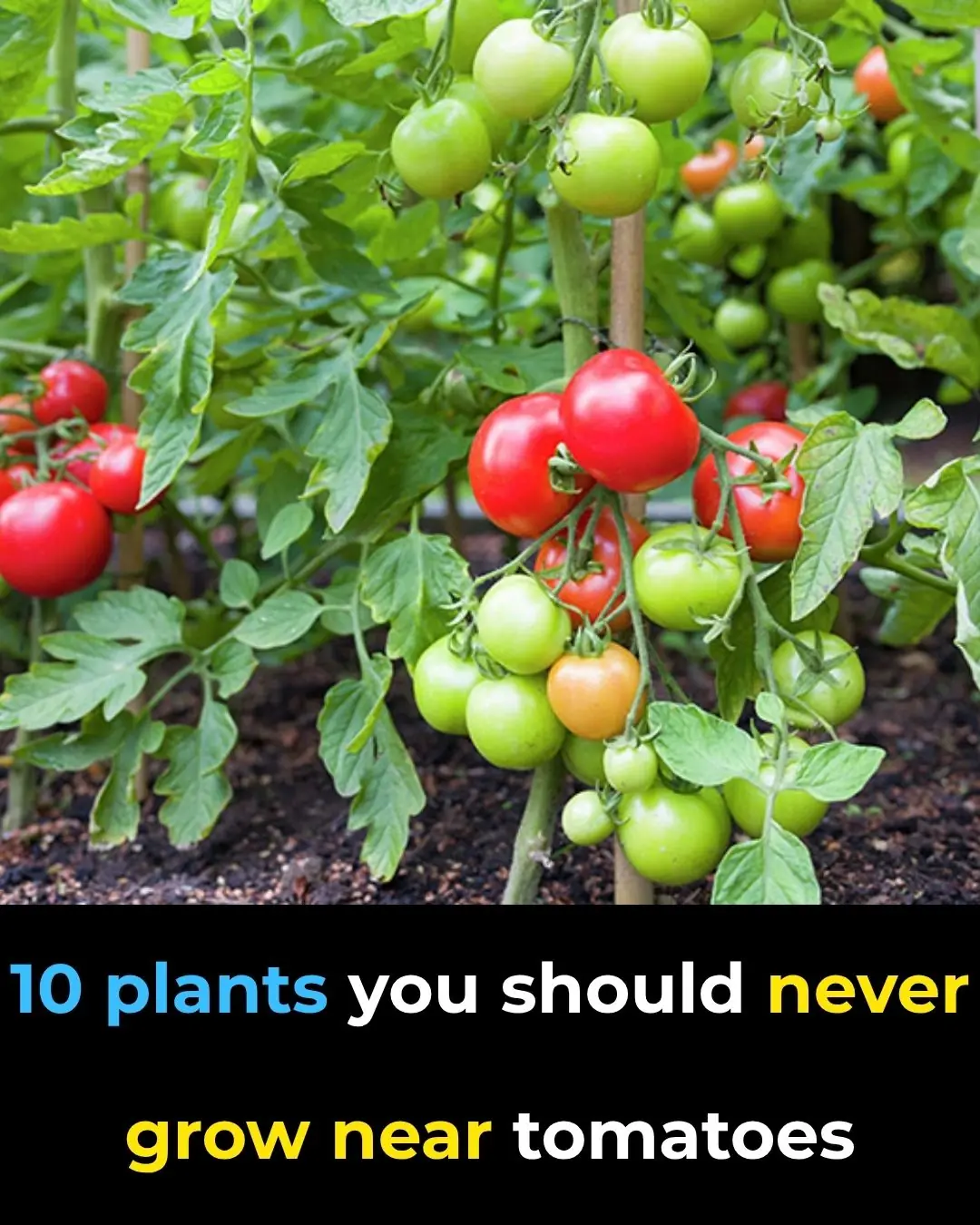
Plants You Should Never Grow Near Tomatoes

If You Spot This Snake in Your Garden, Leave It Be — Here’s Why It’s Actually Your Garden’s Secret Best Friend
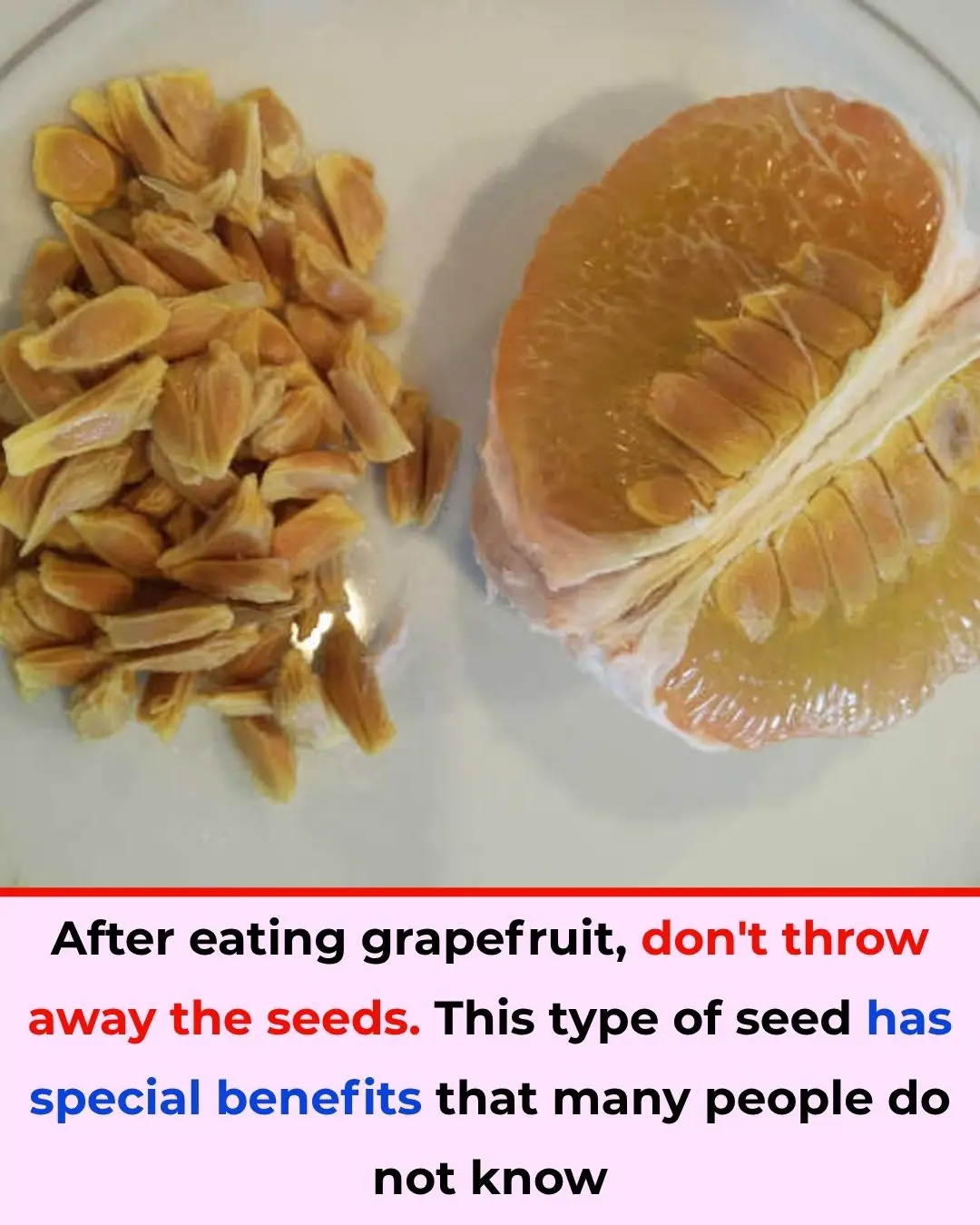
Don’t Throw Away Grapefruit Seeds – These Tiny Seeds Have Surprising Benefits
